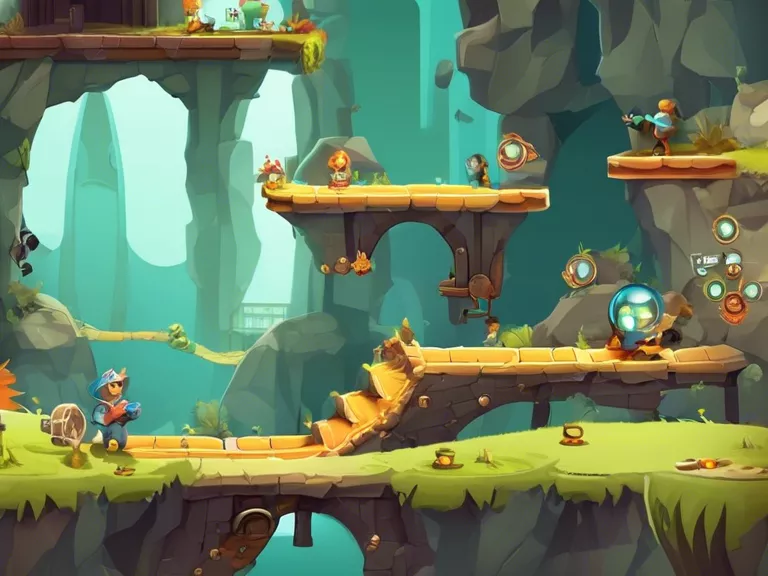
How to design levels that keep players engaged and challenged over time
Designing levels for a game is a crucial aspect of game development, as it directly impacts the player experience. The key to creating levels that keep players engaged and challenged over time lies in balancing difficulty, creating variety, and incorporating elements that encourage players to keep coming back for more. In this article, we will discuss some tips and strategies for designing levels that will keep players hooked and invested in your game.
Balancing Difficulty
One of the most important aspects of level design is balancing difficulty. Levels should start off easy to allow players to learn the mechanics of the game and gradually increase in difficulty as players progress. Each level should provide a fair challenge without being too frustrating or too easy.
Creating Variety
To keep players engaged over time, it's important to create variety in level design. This can include introducing new mechanics, obstacles, or challenges in each level to keep things fresh and exciting. By mixing things up, players will be motivated to keep playing to see what comes next.
Encouraging Exploration
Levels that encourage exploration can keep players engaged by giving them the freedom to discover new things and uncover hidden secrets. By adding hidden paths, collectibles, or Easter eggs, players will feel compelled to explore every corner of the level, keeping them engaged and entertained.
Rewarding Progress
Rewarding players for their progress is a great way to keep them engaged and motivated to continue playing. This can include unlocking new abilities, collectibles, or power-ups as players complete levels. By giving players a sense of achievement and progression, they will be more likely to keep playing and striving for more rewards.
Seeking Feedback
Lastly, it's crucial to seek feedback from players to understand what they enjoy and what they find challenging. By listening to player feedback and making adjustments to levels based on their input, you can create a more engaging and rewarding experience for your players.
In conclusion, designing levels that keep players engaged and challenged over time requires a balance of difficulty, variety, exploration, rewards, and feedback. By implementing these strategies, you can create levels that will keep players hooked and invested in your game for hours on end.



